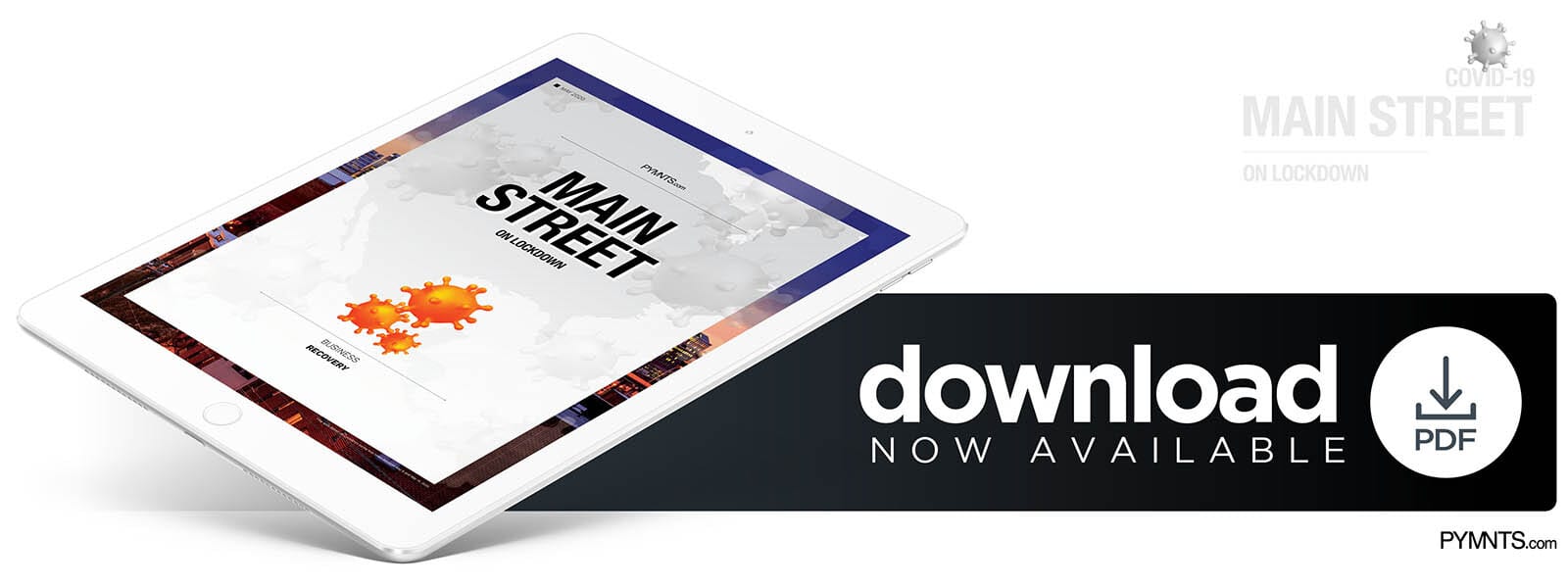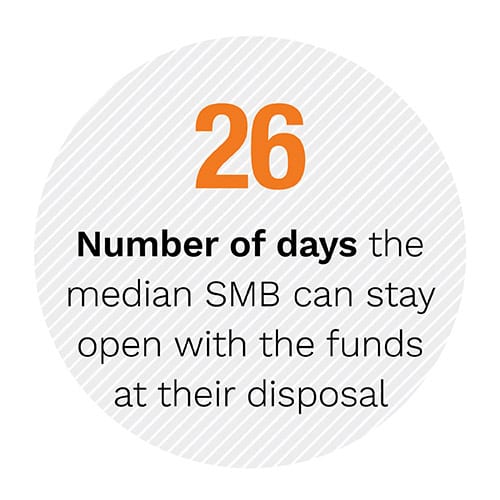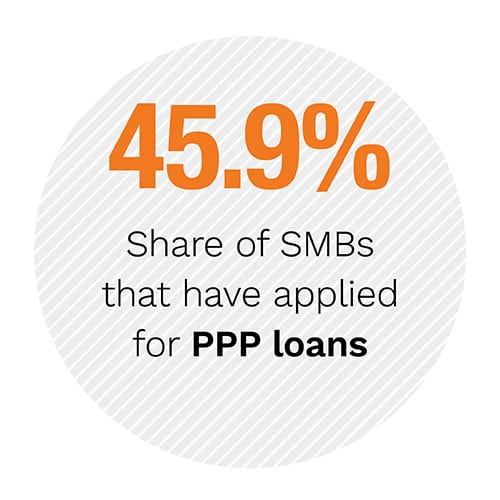
 When the United States economy locked down to slow the spread of the coronavirus, it rapidly and radically altered the way consumers browsed, shopped and paid for goods and services — and not all small- to medium-sized businesses (SMBs) were prepared. Businesses that did not have online shopping channels were unable to sell their products, and restaurants that did not offer online ordering for pickup or delivery could not serve their customers. These SMBs were faced with an ultimatum: either find new, digital ways to reach their customers or risk going out of business.
When the United States economy locked down to slow the spread of the coronavirus, it rapidly and radically altered the way consumers browsed, shopped and paid for goods and services — and not all small- to medium-sized businesses (SMBs) were prepared. Businesses that did not have online shopping channels were unable to sell their products, and restaurants that did not offer online ordering for pickup or delivery could not serve their customers. These SMBs were faced with an ultimatum: either find new, digital ways to reach their customers or risk going out of business.
 Confronted with the option, most SMBs chose to innovate. Seven out of every 10 SMBs have either added new digital capabilities or enhanced their existing digital services during the 10 weeks since the COVID-19 pandemic began, in fact, and many more changed the way they operated to reduce costs and mitigate the cashflow crunch following the outbreak.
Confronted with the option, most SMBs chose to innovate. Seven out of every 10 SMBs have either added new digital capabilities or enhanced their existing digital services during the 10 weeks since the COVID-19 pandemic began, in fact, and many more changed the way they operated to reduce costs and mitigate the cashflow crunch following the outbreak.
But just how many SMBs plan to maintain these changes after their local economies reopen?
This is just one of the key questions PYMNTS sought to answer in our latest research. In Main Street On Lockdown: Business Recovery edition, we surveyed 431 SMB owners from across the U.S. to understand what measures they have taken to adjust to the mid-pandemic market, whether or not those changes have impacted their overall financial stability and whether they plan to maintain those new digital features after their local economies reopen.
Some of the most common technologies SMBs have enhanced since the beginning of the pandemic include online order-ahead for delivery and eCommerce channels. Our study finds that 33.4 percent of all firms have expanded their order-ahead for delivery features, while 36.2 percent have added all-new eCommerce channels during the past 10 weeks. Meanwhile, 16.9 percent and 13.9 percent had added order-ahead for delivery features and eCommerce options for the first time, respectively.
Many of these SMB owners also plan to invest in expanding their digital capabilities going forward. Forty-two percent of them say they plan to not only keep the innovations they have adopted since the  pandemic began, but also to expand them as their areas slowly reopen. Another 36 percent are planning to expand the digital capabilities they have had since before the pandemic began in the future.
pandemic began, but also to expand them as their areas slowly reopen. Another 36 percent are planning to expand the digital capabilities they have had since before the pandemic began in the future.
Not all SMBs are equally eager to develop new technologies, however. While some are doubling down on digital innovation, others have been slower to adapt to an increasingly digital market. Main Street On Lockdown: Business Recovery edition aims to understand why some SMBs are all-in on innovation, while others risk getting left in the dust.
To learn more about SMBs’ post-pandemic innovation plans, download the report.